Case Study
Metallica Black Box
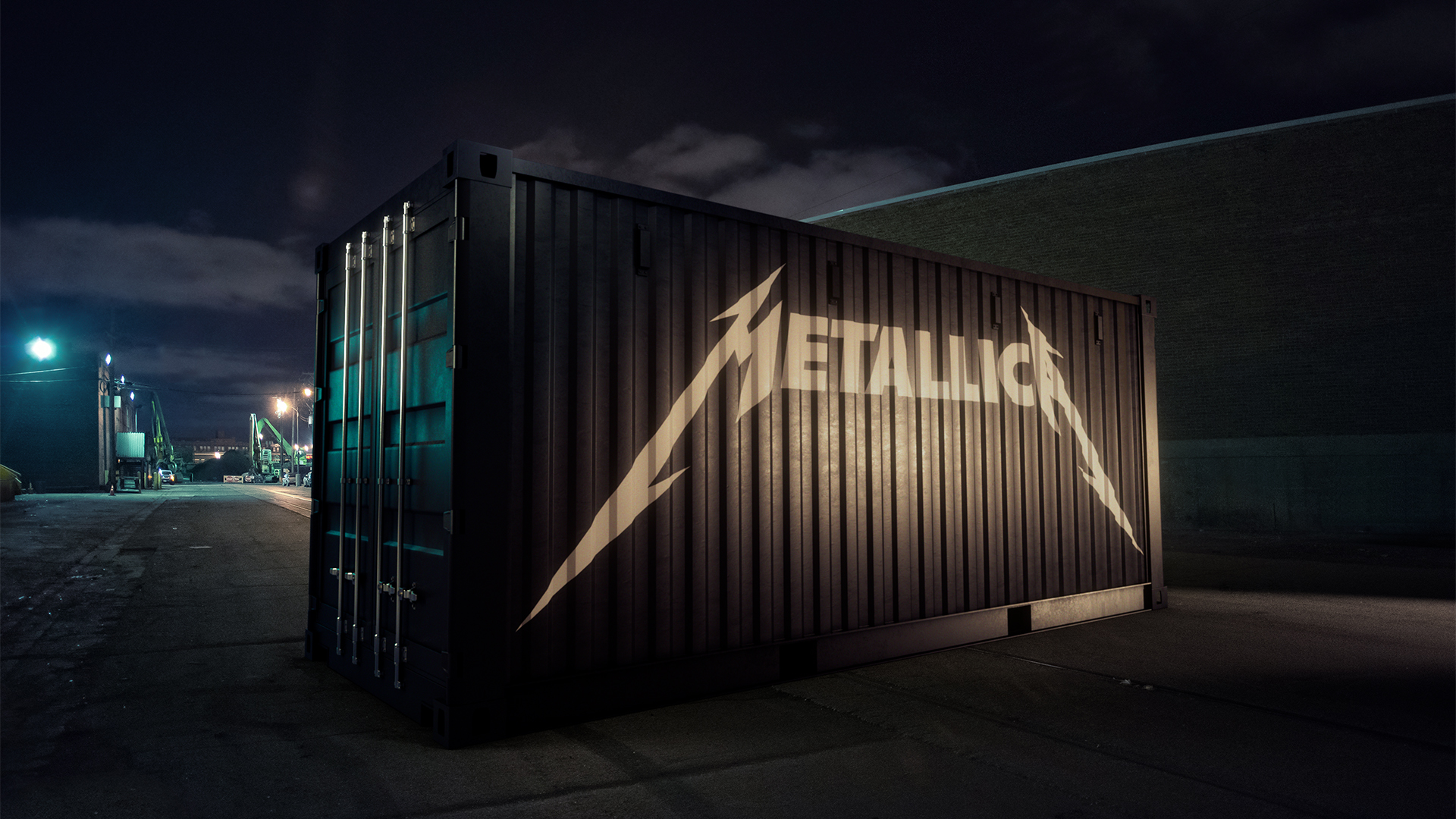
Client
Inveniem (in collaboration with Metallica)
Services
3D Integration, Visual Effects, Projection Mapping
Tools
Blender, Arnold, Fusion
The Challenge
In 2021, Metallica launched The Black Box, an ambitious website archive of their 40+ year history that included rare memorabilia, backstage stories, archival footage, and more. As part of the visual campaign, we were brought on by archival agency Inveniem to create a digital version of the site's namesake: a rugged, industrial shipping container branded with Metallica's logo.
But this wasn't just a simple 3D render—it needed to look like the Black Box had been physically present throughout the band's entire career. Our job was to integrate the digital Black Box seamlessly into archival photos spanning four decades, across formats, cameras, lighting conditions, and locations.
No metadata. No lens information. No HDRIs. Just a handful of iconic photographs and a lot of trust.
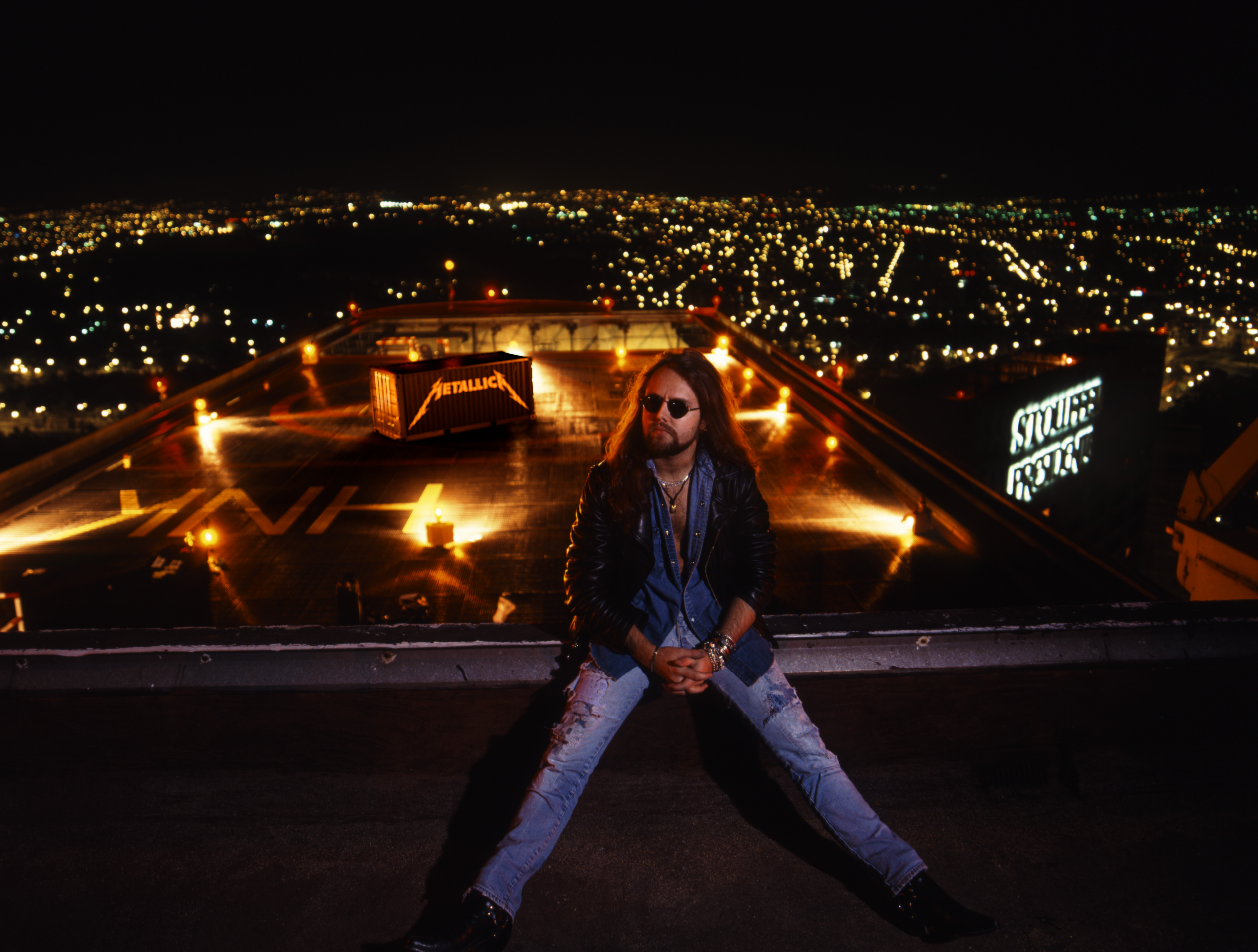
The Approach
Normally, this kind of VFX work would require detailed technical data about each image—camera position, focal length, lighting references. We didn't have any of that. So we took a more intuitive, artistic-driven approach using a combination of projection mapping and hand-built 3D stand-ins, or proxy models.
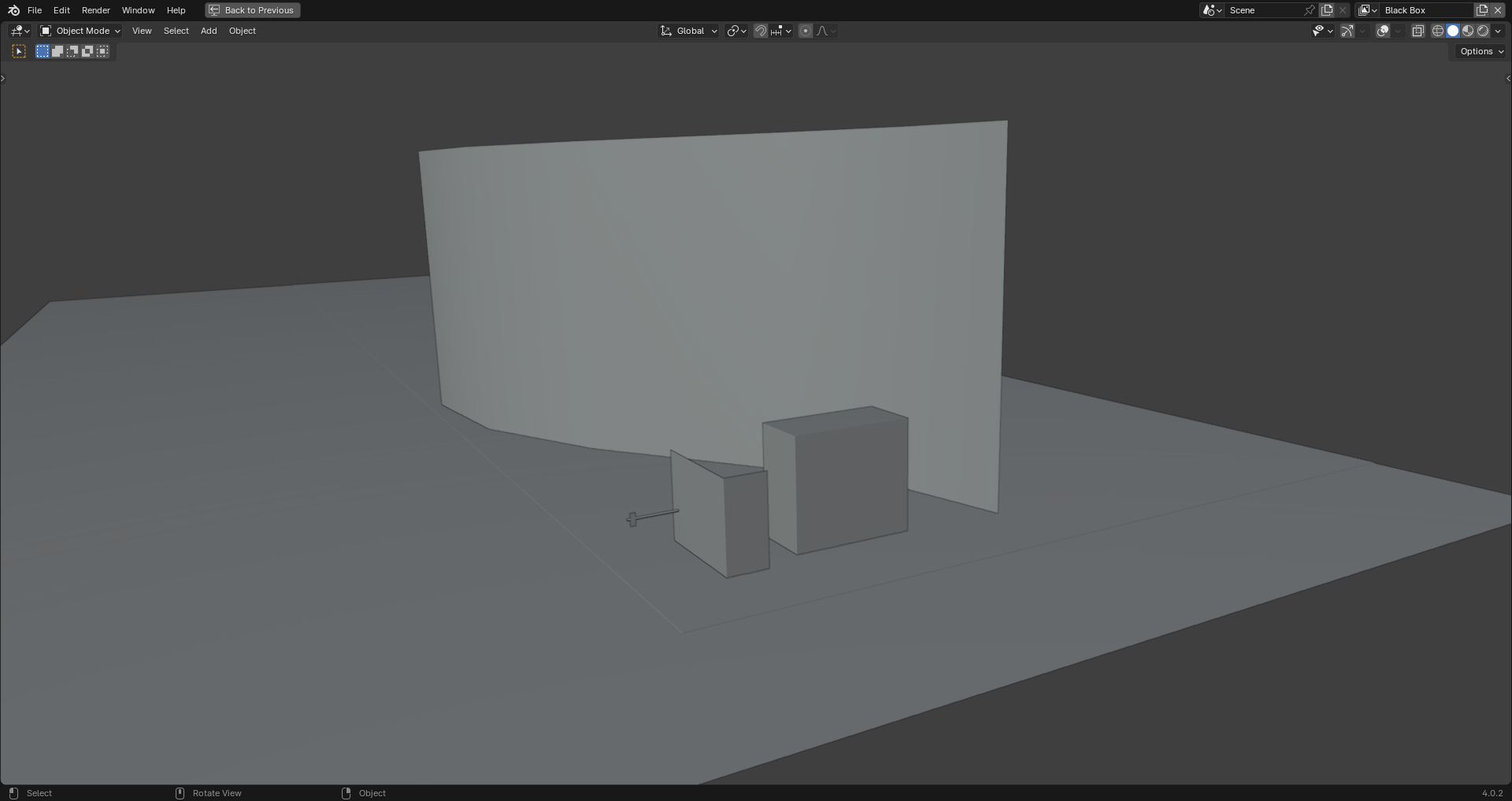
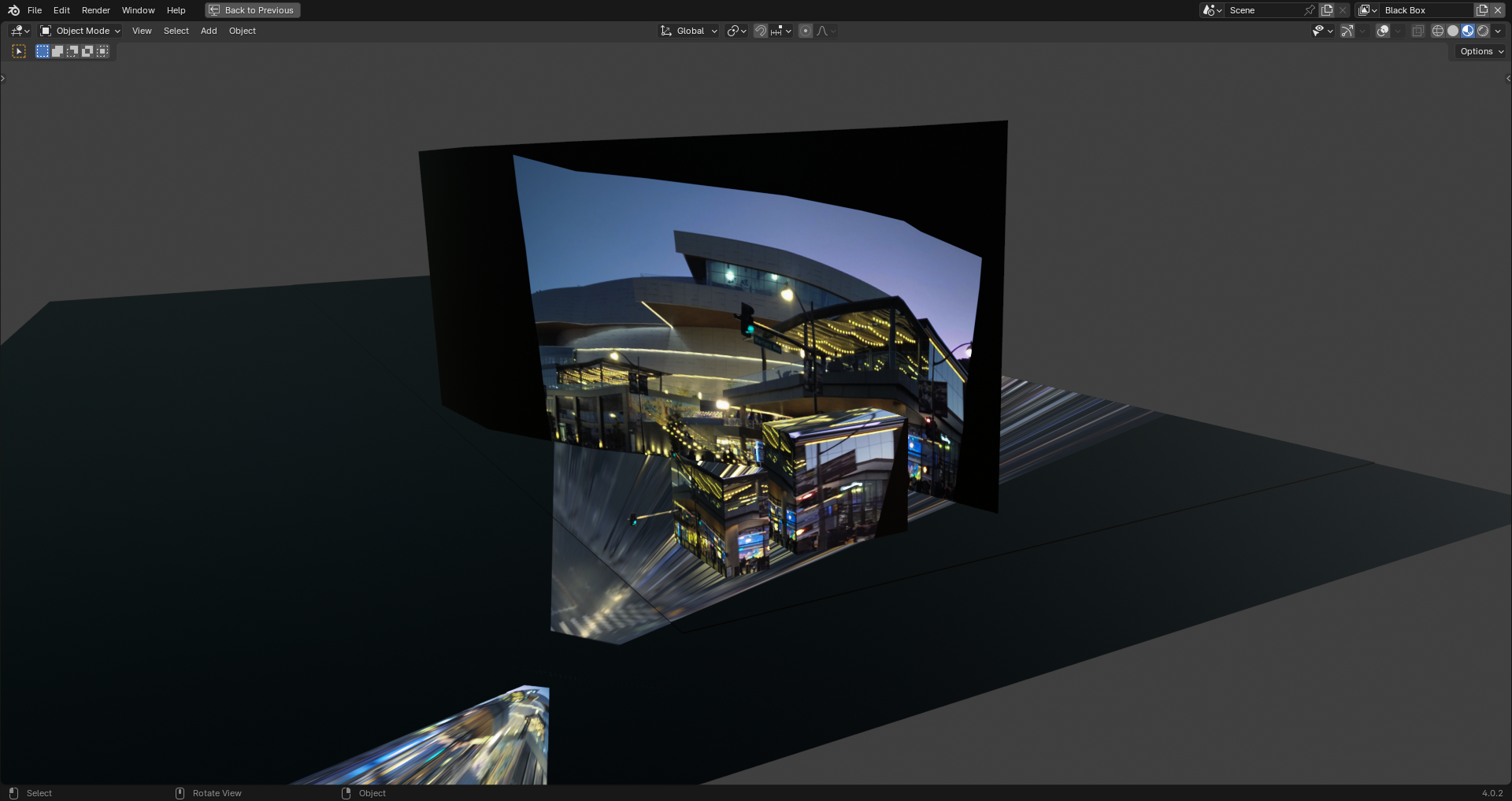
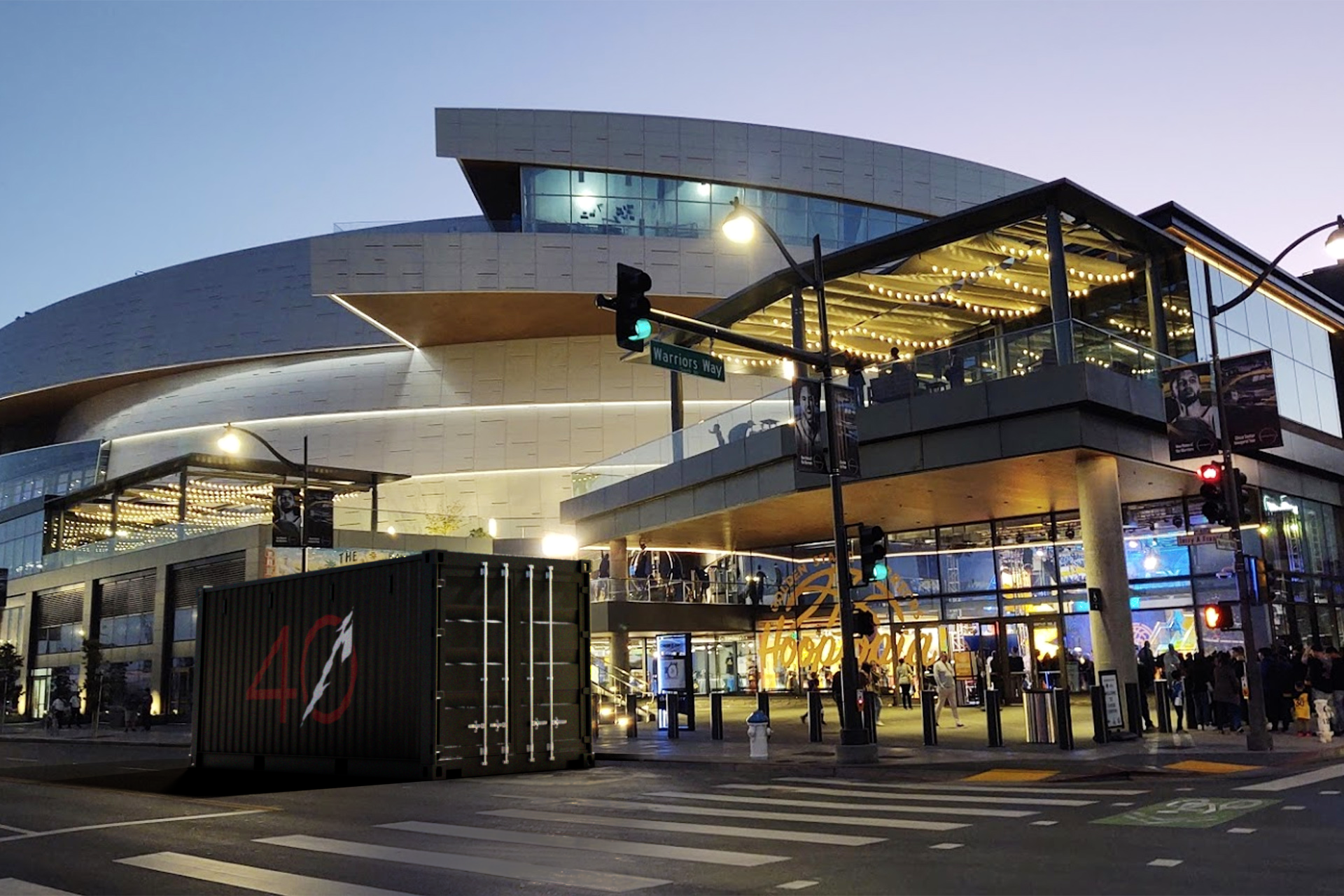
We recreated key elements of each photograph in 3D space—building facades, streets, vehicles, and other elements—and projected the original image onto those objects. Using this proxy environment, we could reverse-engineer the virtual camera settings and estimate things like focal length and perspective. This gave us just enough to composite the 3D shipping container into each photo with believable depth, shadow, and lighting interaction.
The Process
Each image became a puzzle: which elements should be rebuild in 3D? Where would lighting realistically fall? Do we need additional lights to get the "right look"? Which Metallica logo do we need for this image?
We used Blender for modeling, layout, and projections, our Arnold for Blender (BtoA) plugin for rendering, and Fusion for compositing and final look development. It was scrappy, fast, and deeply satifying.
What we loved about this project was how it mixed technical problem-solving with pure visual storytelling. Every decision was in service of selling the illusion that this object had always been there, even if—in reality—it never existed outside of the computers in our office.
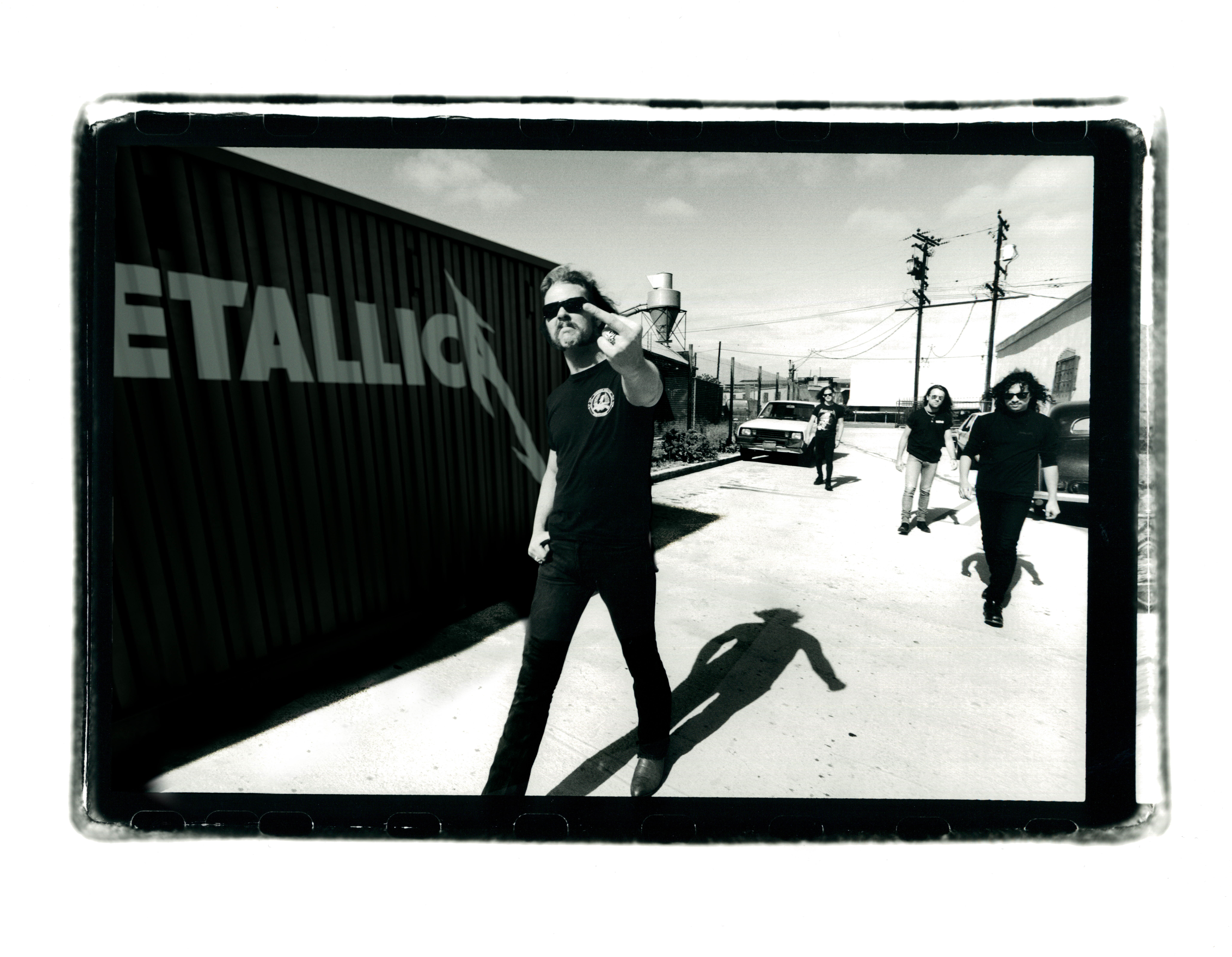
Outcomes
The final composited images were launched with the site and picked up by multiple music media outlets. What surprised (and delighted) us most was how some articles described the container as a "real container that followed Metallica throughout their career." That kind of mistaken authenticity is the highest praise a VFX artist can get.
This project reinforced something we believe deeply: good visual effects aren't always about perfect photorealism—they're about story. If the illusion serves the narrative and no one questions it, we've done our job right. The Black Box may have been digital, but its legacy now lives in Metallica's official history.